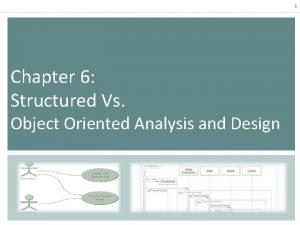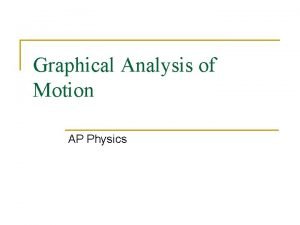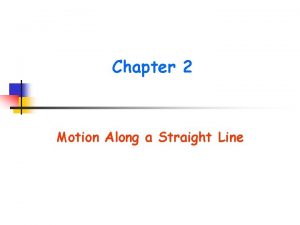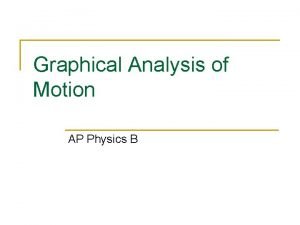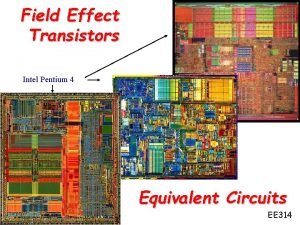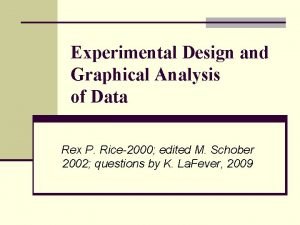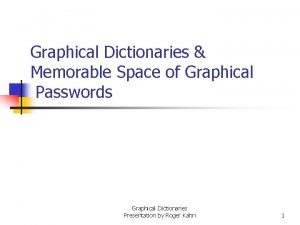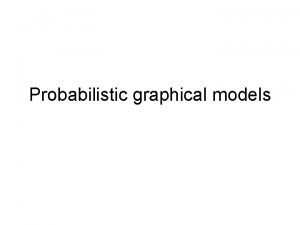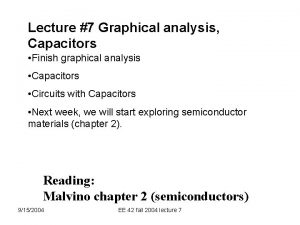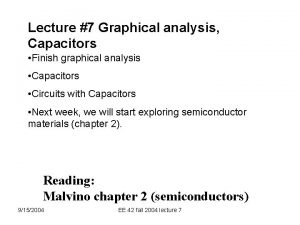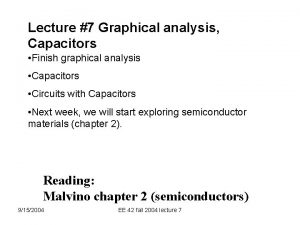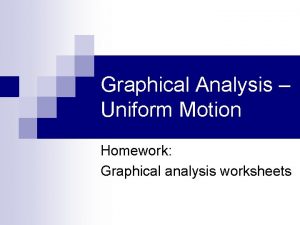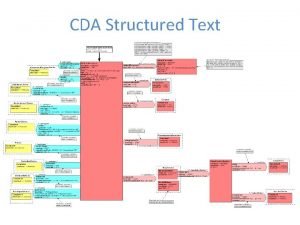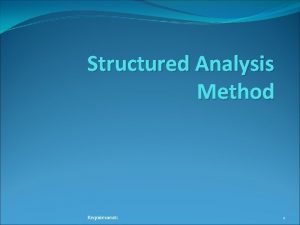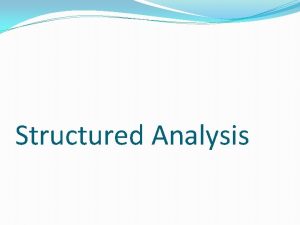STRUCTURED ANALYSIS Structured Analysis It is a graphical












- Slides: 12

STRUCTURED ANALYSIS

Structured Analysis. It is a graphical representation. Easy to understand. Partitioned to get a clear picture of progression. Logical, precise, highly readable. It uses data flow diagrams. It allows the analyst to develop a new kind of system specifications that are easily understandable to the users. EXAMPLE: User procedures are documented during analysis rather than in design or implementation phase.

TOOLS OF STRUCTURED ANALYSIS Data flow Diagram Decision Table. Data Dictionar y Too ls Structure d English Decision tree

Data flow diagram Its shows flow of data. Leads to visualization. It usually begins with drawing context level DFD-showing interactions between system and outside entities(sources of data to the system) ------which is also known as bubble chart. comprises of Data square, rectangle, arrow and Externa flow circle. l entity Process Data store

Data Flow Diagrams External entity-sources of data to the system. It determines the system boundary. Beyond the influence of the developer. Data flow-represent movement of data. it must begin and or end at a process. Data Store-represent that data is not moving. These are the common links between data and process. Process – represents an activity that transforms the data.

DFD’s…… ADVANTAGES Gives understanding. Communicating current system knowledge to the user. Used as a part of system documentation. Gives summary to the system. Easy to follow errors. DISADVANTAGES Take many alteration before agreement with the user. Physical consideration is usually left out. Difficult to understand because of ambiguity.

Data dictionary Structured repository of data. Keep the details of the contents of the data flows, data processes and data stores. DATA ELEMENT DATA STRUCTURE DATA FLOW DATA STORE

Structured English It uses logical constructs to carry out instructions for actions. Decisions are made through the use of IF, THEN, ELSE, and SO statements. Highly correlated to the decision tree

Decision Trees Sketch out the logical structure based on some criteria. It is a graphical representation of the conditions , actions and rules found in a decision tree. 10% disc. One can transverse from top level to the Used our card? Ordered more than 20, 000 Y bottom level. Y 5%disc Preferred customer N N 25%disc

Decision Tree ADVANTAGES Applied to real problems. No prior assumptions about the data. Able to process both the numerical and categorical data. Easy to understand. DISADVANTAGES Output attribute must be categorical. Limited to one output attribute. Decision tree algorithms are unstable. Trees created from numeric data base can be complex.

Decision Tables Table of contingencies for defining a problem and actions that need to be taken for it. Single representation of relationship between conditions and actions. It has two parts: stub and entry. Such pair of condition sets and actions is known as RULES. Here Y-yes, N-no and dash for don’t care

Decision Tables ADVANTAGES Concise descriptions of logically complex situations. Easier to draw and change the flowcharts. More compact documentation. Easier to follow paths. DISADVANTAGES Difficult to modify. Incomprehensible in case of long decision table.
 Structured analysis example
Structured analysis example Difference between sa/sd and jsd
Difference between sa/sd and jsd Disadvantages of unstructured interviews
Disadvantages of unstructured interviews Structured analysis tools in system analysis and design
Structured analysis tools in system analysis and design Ooad vs oop
Ooad vs oop Graphical method numerical analysis
Graphical method numerical analysis Graphical analysis of motion
Graphical analysis of motion It is a motion along a straight line
It is a motion along a straight line Bjt graphical analysis
Bjt graphical analysis Graphical analysis
Graphical analysis Slope
Slope Pentium 4 transistors
Pentium 4 transistors Experimental design and graphical analysis of data
Experimental design and graphical analysis of data




